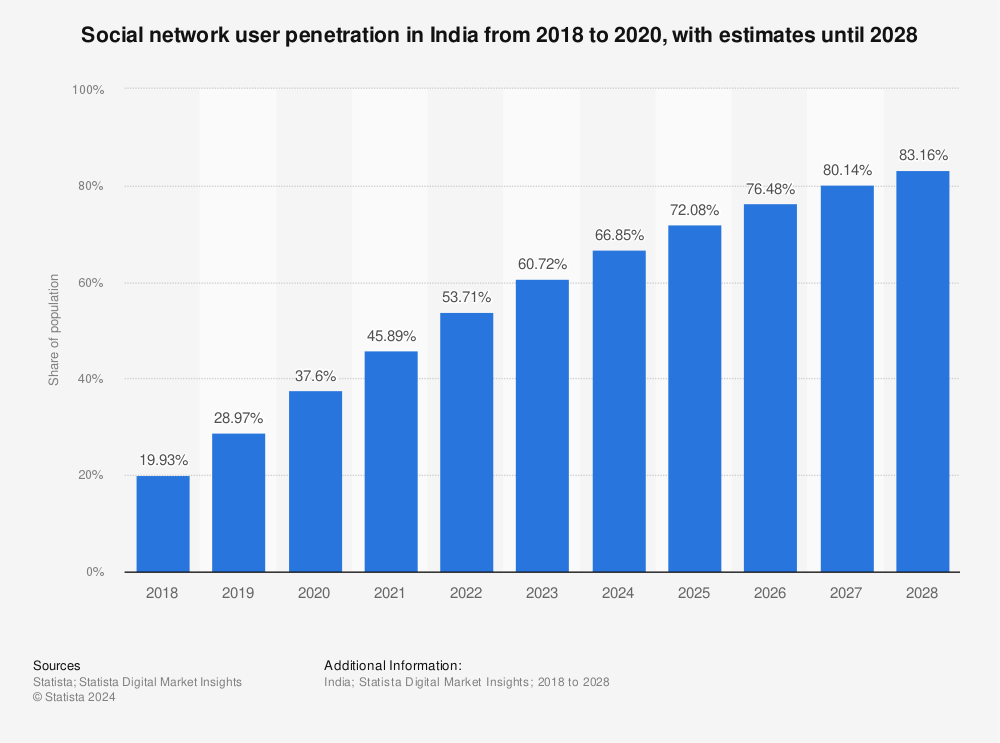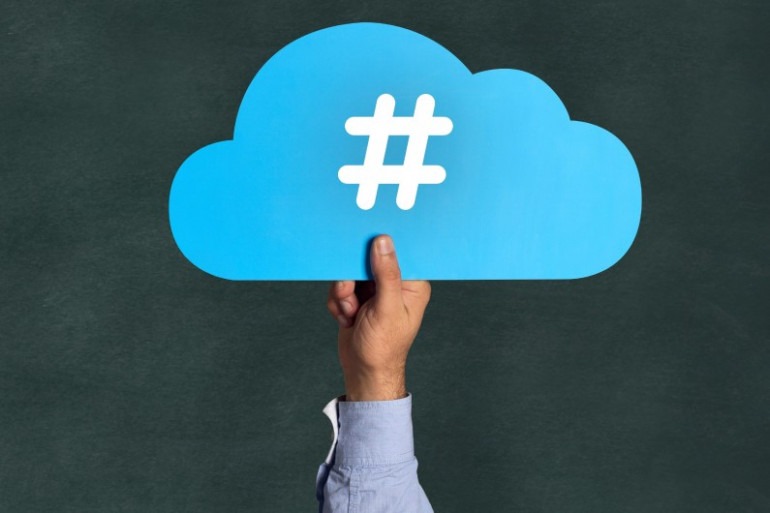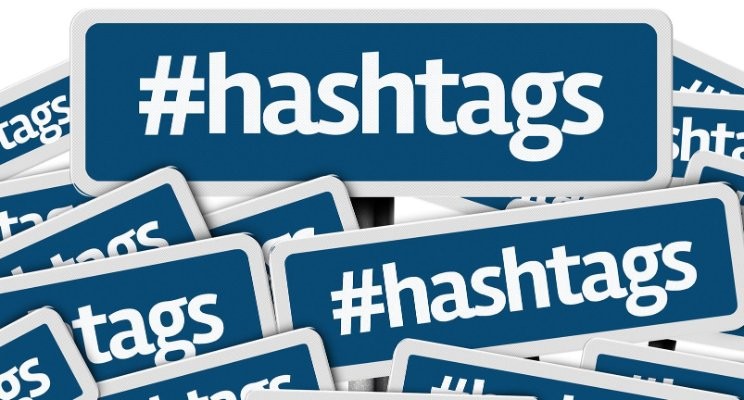Social media is used by more than 60% of the global population. Roughly 692 million users in India actively use social media alone according to January 2023 stats. It additionally predicts that the internet will have 900 million users by 2025.

“Did you know that India will become the second-largest internet market in the world, following China”.
These figures depict the scope of your business’s social media reach when managing a social media campaign. Nevertheless, they are considerably lower than what your posts would typically receive, and there are various reasons for this.
Including a hashtag campaign in your social media strategy is one way to increase reach. Using hashtags can increase your social media audience and interaction.
We’ll show you how to use hashtags effectively in this blog post so that you can increase your reach and get more social media views.
Everything to Know about Hashtags
One of the most immediately recognized symbols on social media these days is the hashtag. Although many are aware of it, many do not truly understand what a hashtag is.
So what exactly is a hashtag?

A hashtag is a metadata tag that is widely used on social media to organize content. It is simply an octothorpe, made up of a term or phrase that is followed by the hash (#) symbol.
In 2007, the hashtag made its debut on Twitter (now called X). Chris Messina, a web marketing specialist, invented the hashtag to “allow similarly interested folks to find each other.” Messina said he created it to connect like-minded people across platforms, and it worked!

The hashtag is now widely used worldwide and crosses all platforms. Nowadays, people use it to start conversions for social media engagement, to show support for a cause, or for marketing campaigns.
Why Are Hashtags Useful?
They were created basically to bring order to the chaos that is social media. Audiences can find content that resonates with them more easily when related conversations are grouped together.
Its applications have changed over time, making it an effective tool for expanding your online presence. However, what is the purpose of hashtagging? Even if it doesn’t directly grow your following, you can nevertheless broaden your social media audience by:
- identifying the most popular posts on a particular topic.
- Obtaining a position in front of people’s feeds
The Four Qualities of an Effective Hashtag
Choosing the right hashtags is crucial for increasing the visibility and reach of your social media posts. Effective hashtags can help your content reach a wider audience and engage with users interested in specific topics. Here are four qualities of an effective hashtag:
- Relevance:
- A good hashtag should be directly related to the content of your post. It should reflect the main theme, topic, or message you want to convey.
- Specificity:
- Specific hashtags help narrow down the focus of your content. Instead of using broad and generic terms, opt for more specific and niche hashtags.
- Popularity:
- Balancing the popularity of a hashtag is important. While using popular hashtags can expose your content to a larger audience, it also means there’s a lot of competition.
- Uniqueness:
- Create branded or unique hashtags to distinguish your content and encourage user engagement. A unique hashtag associated with your brand or campaign can help build a sense of community among your audience.
How to Choose the Right Hashtags?

Finding the right hashtags for your social media campaign involves a combination of research, creativity, and strategic thinking. Here’s a step-by-step guide to help you identify and choose the most effective hashtags for your campaign:
- Understand Your Audience:
- Define your target audience and understand their interests, preferences, and the language they use on social media. This will guide you in choosing hashtags that resonate with your audience.
- Research Industry Trends:
- Stay updated on trends within your industry or niche. Look for popular topics, and keywords that are currently trending. Tools like Google Trends or social media trend analysis tools can be helpful.
- Competitor Analysis:
- Analyze the social media profiles of your competitors or businesses similar to yours. Identify the hashtags they are using successfully and consider incorporating relevant ones into your strategy.
- Use Hashtag Tools:
- Utilize hashtag research tools to discover trending and relevant hashtags. Some popular tools include:
- Hashtagify: Helps you find and analyze popular hashtags related to your keyword.
- RiteTag: Provides insights into the popularity and effectiveness of hashtags.
- Trendsmap: Shows you trending hashtags on a map, helping you understand regional trends.
- Utilize hashtag research tools to discover trending and relevant hashtags. Some popular tools include:
- Mix Popular and Niche Hashtags:
- Combine popular and niche hashtags in your posts. This strategy allows your content to be discovered by a larger audience using popular hashtags while also targeting a more specific and engaged audience with niche ones.
- While it’s essential to use hashtags strategically, avoid overloading your posts with too many hashtags. The optimal number of hashtags can vary by platform, but generally, using 5-15 relevant hashtags is a good range.
How to Effectively Use Hashtags for Social Media Platform

When social media first started, people used to ask questions like “What is hashtagging?” Hashtags were primarily used on X, the site that was formerly known as Twitter.
However, they are now a well-liked cross-platform social media tool. While hashtags are generally used similarly, there are a few minor distinctions when using them on different platforms.
Facebook:
- Limit to 1-2 hashtags per post for optimal engagement.
- Focus on more specific and relevant hashtags.
- Research and incorporate trending hashtags in your niche.
- Monitor Facebook Insights for hashtag impact.
LinkedIn:
- Aim for 3-5 relevant hashtags per post.
- Use industry-specific and professional hashtags.
- Create and promote a branded hashtag for your business.
- Leverage hashtags in LinkedIn articles for broader reach.
Instagram:
- Optimal Number: 5-15 hashtags per post.
- Use a mix of popular and niche hashtags.
- Explore Instagram’s related hashtags feature for additional ideas.
- Incorporate industry-specific and community-related hashtags.
Twitter:
- Keep it concise: 1-2 hashtags per tweet for better engagement.
- Utilize trending hashtags to join relevant conversations.
- Create a branded hashtag unique to your campaign or brand.
- Use Twitter Analytics to track hashtag performance.
Pinterest:
- Include 2-5 descriptive hashtags per Pin.
- Use specific and niche keywords related to your content.
- Create and promote boards with branded hashtags.
- Monitor Pinterest Analytics for hashtag performance.
YouTube:
- Incorporate 2-3 relevant hashtags in video descriptions.
- Include a branded hashtag to build consistency.
- Research and use trending hashtags in your content.
- Monitor YouTube Analytics for hashtag impact.
Snapchat:
- Utilize 1-3 relevant and concise hashtags.
- Participate in Snapchat Challenges with specific hashtags.
- Promote your Snapchat-specific hashtags on other platforms.
- Monitor engagement on your Snaps with hashtags.
Last Words
In conclusion, mastering the art of using hashtags is a powerful tool to enhance your social media reach and engagement. Hashtags serve as gateways, connecting your content to wider audiences, communities, and conversations. By including relevant hashtags across various social media platforms, you can amplify the visibility of your posts and connect with users genuinely interested in your content.
To read other articles click on: SocialWatch

